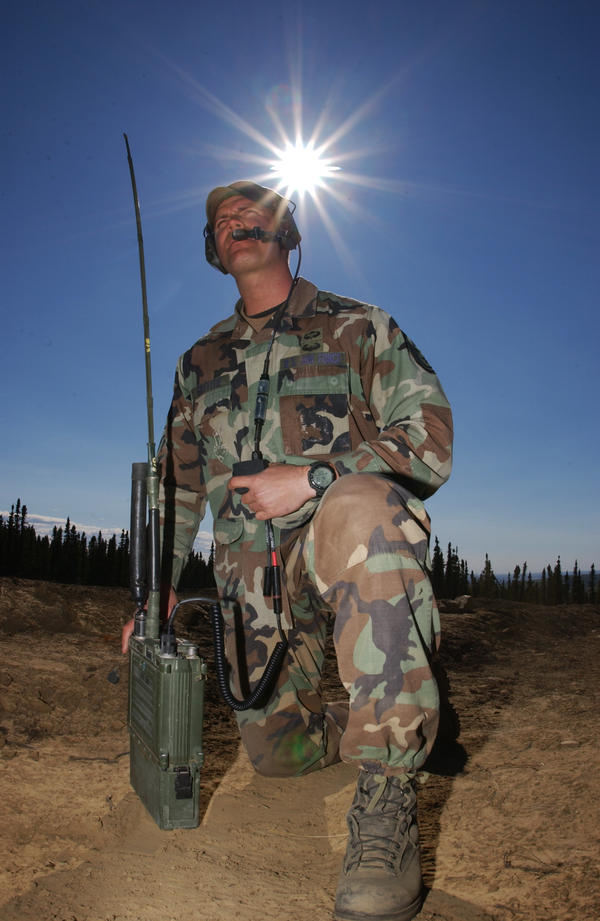As my apartment faces south a lot of my pictures are going to be in that direction. I know that as a general rule you should have the sun at your back, but since I won't, is there any sort of filter I should have to help me reduce glare or other sun-related problems?
That rule is an extremely general rule - one to which my Mom always adhered as she used her box camera to shoot pics of us kids. Personally, I tend to avoid shooting with the sun at my back. If I'm shooting portraits of just snaps of people, I'd much rather have the sun coming from almost any direction instead of from my back. Sun from my back means sun in the eyes of my subjects, which means that they'll be squinting.
With most cameras today, what you see through the view finder is close to what you'll get. Even if the sun is in front of you, if you compose your shot so that the sun isn't in the frame (and you should almost never have the sun in the frame for the safety of your eyes and your equipment), then, in most cases, the camera will expose for the lighting level you see in your view finder. (Sunsets would be an exception where it is ok to have the sun in the frame - generally, at that level, it's rays are a bit less powerful, although I would still avoid taking anything but the most cursory look through the viewfinder without protection).
Sometimes, if I am shooting into the sun over the water, I will take a reading of an adjacent area that isn't into the sun. I lock my exposure onto that scene, recompose back into the sun and snap the picture. I find that, generally, the extra exposure I get in this way compensates for the exceptional brightness of a scene, especially over water, when you are shooting into the sun.
If your camera offers AEL (automatic exposure lock) you can use this approach whenever you are faced with tough lighting situations that tend to "fool" the meter.
Exceptionally dark scenes (say a bunch of guys all dressed in black) will look darker to your camera's exposure meter than it should, the exposure meter will compensate by lengthening the exposure or opening up the lense, and the suits may come out looking grey rather than black.
The opposite extreme would be the same men all dressed in white. If the color white fills your frame, the meter will interpret the scene as being overly bright and compensate by stopping down your lens and quickening the shutter speed, resulting in a picture that is too dark.
In these situations, I will zoom in on a normally lit face, take a spot reading, press my AEL button to lock the exposure reading, zoom back out, recompose, and snap the picture.
For me, this method is simpler on my camera than hitting the button/wheel combo that allows me to manually override the meter to adjust the exposure a stop or two either direction, and I think the meter, reading from some normally lit or colored area, is more accurate at guessing the needed adjustment than I would be when adjusting the exposure manually.
Oh, I almost forgot, but, if your experience is anything like mine, you'll find that some of your most interesting shots will be those taken with the sun at some location other than your back. Try some shots where the sun is low in the sky coming from behind your subject. Use a fill flash to light the subject and enjoy the sort of halo the sun provides around your subject as it reflects from beyond the subject. It's a really nice effect.
My two cents - hope you find it useful.
Caruso




![[No title]](/data/xfmg/thumbnail/34/34122-fb99897e57c9440aede4be4fdc5f1352.jpg?1734164606)

![[No title]](/data/xfmg/thumbnail/34/34126-2956b6786a44f993f9aad43e097be84c.jpg?1734164626)







